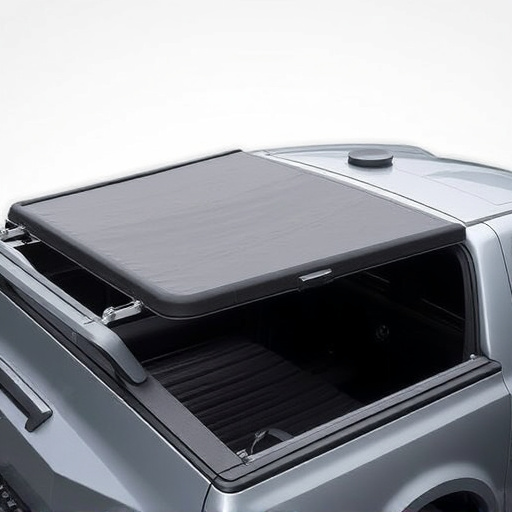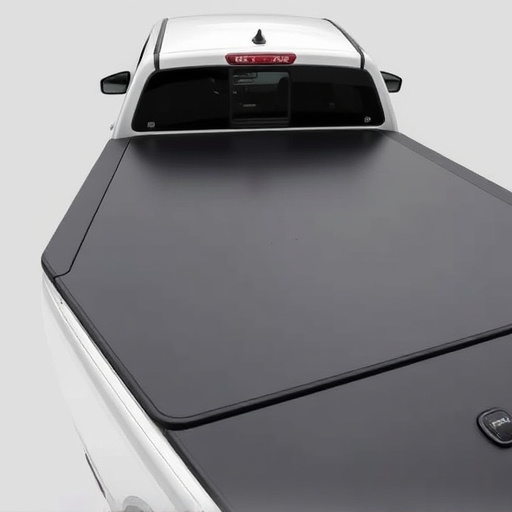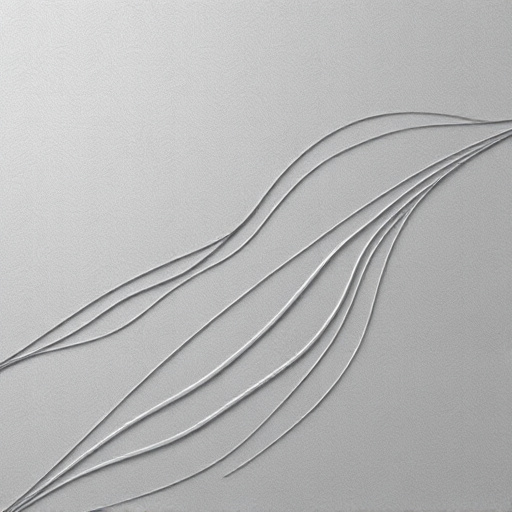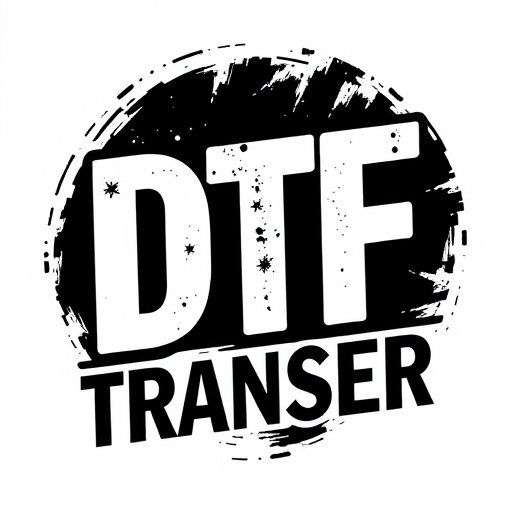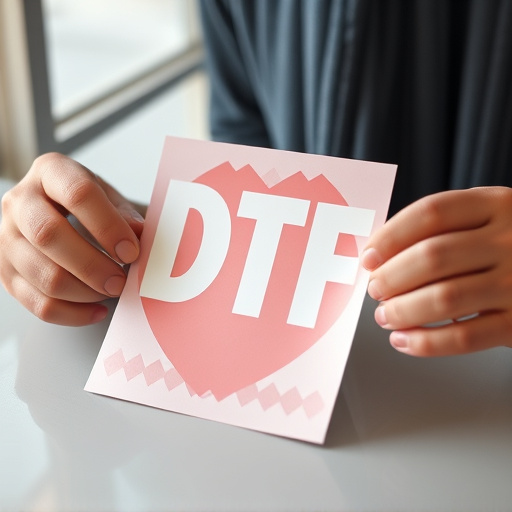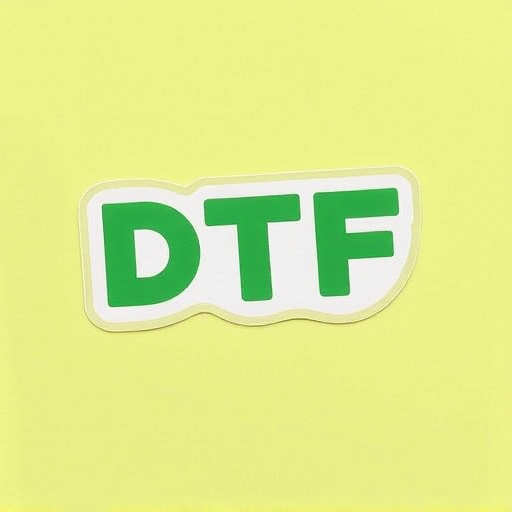Direct-to-Film (DTF) Transfers have transformed commercial printing by enabling businesses to create high-quality, durable images directly on various surfaces. This technology eliminates intermediate films or plates, offering faster production times, enhanced efficiency, and precise color reproduction. DTF Printing is versatile for promotional materials, signage, point-of-sale displays, and custom packaging, maintaining vibrancy and durability even in daily use. It's a cost-effective and time-saving solution, eliminating complex set-ups and waste, making it popular among marketing professionals for visually stunning advertising.
“Unlocking the potential of Commercial-grade Direct-to-Film (DTF) transfers for business applications is a game-changer. This cutting-edge technology revolutionizes marketing and branding strategies by offering unparalleled visual impact. In this comprehensive guide, we explore the benefits of DTF Transfer, from its ability to create vibrant, durable DTF prints to its versatility in various business sectors. Discover the process, essential materials, and advanced printing techniques that make DTF Printing a must-have tool for modern businesses.”
- Understanding Direct-to-Film (DTF) Transfers: A Commercial Perspective
- Benefits of DTF Transfer for Business Applications
- The Process: From Design to Final DTF Prints
- Choosing the Right Materials for Optimal DTF Results
- DTF Printing: Techniques and Technologies Employed
- Real-World Use Cases: Success Stories of DTF Transfer in Business
Understanding Direct-to-Film (DTF) Transfers: A Commercial Perspective

Direct-to-Film (DTF) Transfers have emerged as a powerful tool in the commercial realm, offering businesses an innovative way to create and print high-quality images directly onto various surfaces. This cutting-edge technology bypasses traditional printing methods by eliminating the need for intermediate film or plates, resulting in faster production times and enhanced efficiency. DTF Printing allows for precise color reproduction and exceptional detail, making it ideal for a diverse range of business applications.
From promotional materials and signage to point-of-sale displays and custom packaging, DTF Transfers provide businesses with unparalleled versatility. The process involves precisely applying ink directly onto the desired substrate, whether it’s plastic, metal, or even fabric. This direct approach ensures that the final print is durable, vibrant, and designed to withstand the rigors of everyday use. As a result, DTF prints are becoming increasingly popular among marketing professionals and brand managers who seek to create visually stunning and cost-effective advertising solutions.
Benefits of DTF Transfer for Business Applications

Direct-to-film (DTF) transfers offer a range of benefits for business applications. This cutting-edge technology allows for precise, high-quality printing directly onto various materials, from promotional items to signage. With DTF, businesses can achieve vibrant colors, crisp text, and durable finishes that enhance brand visibility and customer engagement.
Unlike traditional methods, DTF Transfer provides cost-efficiency and time-saving advantages. It eliminates the need for complex set-up processes and reduce waste, making it an eco-friendly option. Moreover, DTF Printing enables quick turnaround times, allowing businesses to promptly respond to market demands and deliver impactful marketing collateral, ensuring a competitive edge in today’s fast-paced commercial landscape.
The Process: From Design to Final DTF Prints
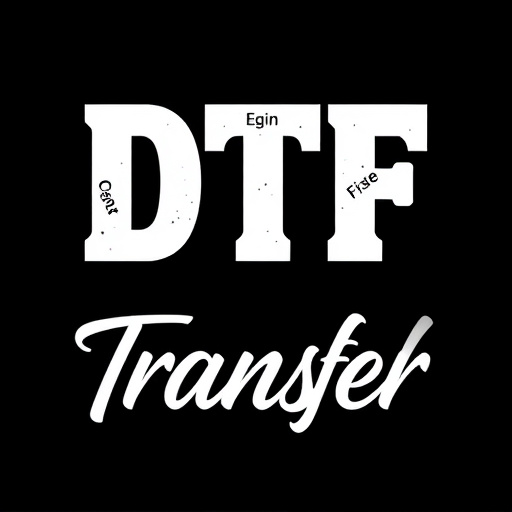
The process of creating commercial-grade direct-to-film (DTF) transfers involves several meticulous steps to ensure exceptional quality and precision. It begins with design, where specialized software is utilized to prepare the artwork or image for transfer onto various surfaces. This digital phase is crucial for achieving the desired outcome, as designers can meticulously adjust colors, resolution, and placement. Once the design is finalized, it’s ready for the printing stage.
DTF printing utilizes advanced equipment to apply the design directly onto films or protective coatings. The printed film is then carefully prepared for application. This may include cutting, laminating, or adding adhesive backing, depending on the intended use. After preparation, the DTF prints are ready for installation, offering a seamless and long-lasting solution for business applications such as window graphics, vehicle wraps, and promotional signage.
Choosing the Right Materials for Optimal DTF Results
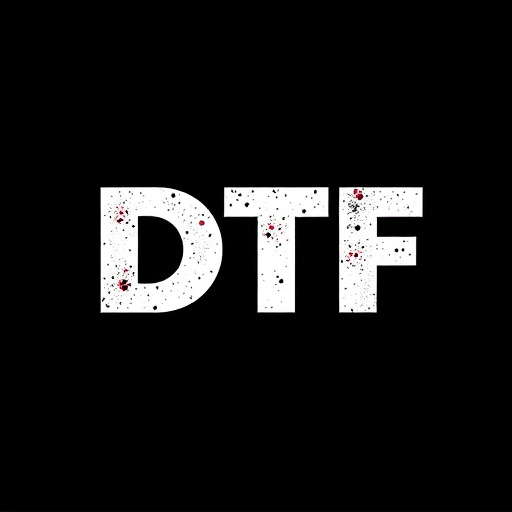
When considering commercial-grade direct-to-film (DTF) transfers for business applications, selecting the right materials is paramount to achieving optimal results. The first step involves understanding your specific needs and the intended use of the final prints. DTF transfer films come in various types, each with unique characteristics suitable for different substrates and printing methods. For instance, some films are designed for high-speed printing on smooth surfaces like vinyl banners, while others cater to more intricate detail work on flexible materials like stickers or labels.
Material choice also depends on the level of durability and protection required for your DTF prints. Outdoor applications demand materials that offer superior resistance to fading and weather conditions. Indoor use, on the other hand, may prioritize cost-effectiveness without sacrificing print quality. Additionally, considering factors like adhesion, heat resistance, and compatibility with your printing equipment is essential for ensuring long-lasting, high-quality DTF prints tailored to your business’s unique requirements.
DTF Printing: Techniques and Technologies Employed
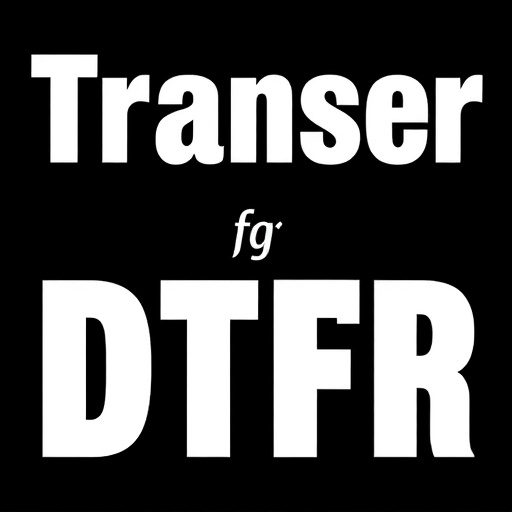
Direct-to-film (DTF) printing is a cutting-edge technology that offers exceptional quality for business applications. This process involves transferring images and designs directly onto various film materials, enabling precise and vibrant prints. The DTF transfer technique has gained popularity due to its versatility and ability to produce high-resolution, long-lasting results.
Modern DTF printing technologies employ advanced techniques such as UV curable inks and precision coating systems. These innovations ensure that every detail of the design is accurately replicated on the film, resulting in sharp prints with vivid colors. The process starts with preparing the film substrate, followed by the application of ink or coating using specialized equipment. Once applied, the material undergoes a curing stage, typically involving UV light, to set and dry the print, making it durable for various applications, including signage, packaging, and promotional materials.
Real-World Use Cases: Success Stories of DTF Transfer in Business
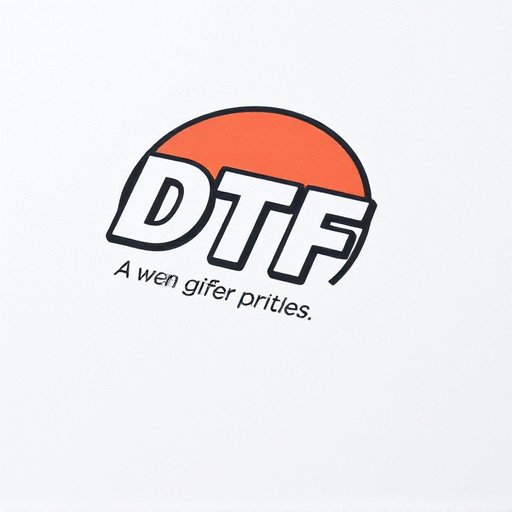
In the realm of business applications, Commercial-grade Direct-to-Film (DTF) transfers have proven their mettle in numerous real-world use cases. From large-scale marketing campaigns to high-resolution signage, DTF Transfer has emerged as a game-changer in print and display technologies. Businesses across various industries are leveraging DTF Printing to create vibrant, durable prints that demand attention and enhance brand visibility.
Success stories abound, with companies reporting increased customer engagement and improved brand recognition after adopting DTF. For instance, retail stores have utilized DTF Prints for eye-catching window displays and in-store promotional materials, resulting in higher foot traffic and better sales conversions. Similarly, event organizers have found DTF Transfer invaluable for designing custom, high-quality banners and backdrops that contribute to memorable experiences. These real-world applications underscore the versatility and effectiveness of DTF Technology in driving business success.


